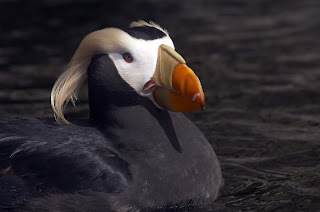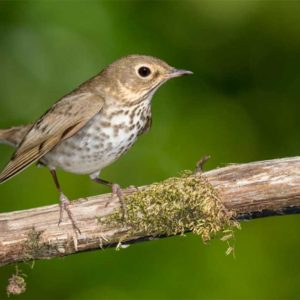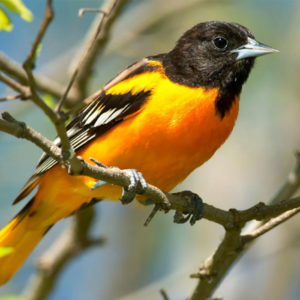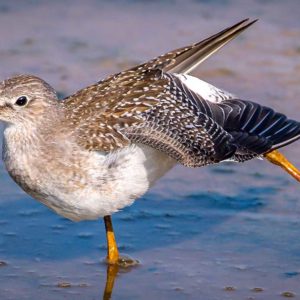Marine e-Atlas is a breakthrough tool to manage the world’s oceans
[two_third]
Do you like maps? Then you’ll love this news.
The first global inventory of important sites for the conservation of migratory marine species is being launched today at COP11 in India. It’s called the e-Atlas of Marine Important Bird Areas, and it promises to provide essential information for a whole raft of people from conservation practitioners and policy makers, to fisheries managers and energy sector planners (think wind farms, gas and oil exploration and drilling).
The e-Atlas, a product of BirdLife International, covers 3,000 Important Bird Areas (IBAs) worldwide, and 325 IBAs in Canada, including 124 marine IBAs. It is the result of six years of effort that, to date, has involved around 40 BirdLife Partners, with the world’s leading seabird scientists from inside and outside the BirdLife Partnership, in collaboration with government departments of conservation, environment and fisheries.
Data on Canada’s IBAs is based in part on work of Canadian BirdLife co-partners Nature Canada and Bird Studies Canada as part of our Important Bird Areas program, which aims to identify, monitor and protect a global network of IBAs for the conservation of the world’s birds and other biodiversity. In addition to the globally significant IBAs profiled in this new Atlas, we’ve identified nearly 300 other IBAs that support nationally significant bird populations. The grand total puts Canada’s Important Bird Areas at roughly 600; you can learn about all of them at www.ibacanada.ca.
An e-Atlas on marine sites for migratory species, particularly birds, has been on many a conservationist’s wish-list for some time.
Globally, seabirds are one of the most threatened groups of birds, though Canada is somewhat of a haven for many species. Given the vast distances seabirds cover, the long periods they spend at sea and the many threats they face there, identifying a network of priority sites for their conservation is vital to ensure their future survival.
Bordered by three oceans, with the longest coastline in the world and more than 52,000 islands, Canada supports about 15 million breeding seabirds, the most common being Leach’s Storm-Petrel, Thick-billed Murre and Cassin’s Auklet. In addition, there are millions of migrants, mostly shearwaters, which breed in the Southern Hemisphere and visit Canada during our summer.
According to the State of Canada’s Birds 2012 report, which Nature Canada published with several conservation partners, oil at sea, both illegal discharges and major spills, poses an increasing threat to Canada’s seabirds. Oil and gas developments are concentrated on continental shelves around Canada’s coasts, which are also the prime feeding areas for many birds and fish. While breeding, seabirds aggregate in huge colonies, sometimes more than a million birds, and these vast concentrations are extremely vulnerable to marine oil spills.
The e-Atlas includes profiles on 30 sites along the Northern British Columbia coast that could be exposed to oil pollution from increased tanker traffic and an impossible-to-rule-out oil spill if the Northern Gateway Pipeline project is approved.
Nature Canada and BC Nature are joint interveners in the Joint Review Panel hearings examining Northern Gateway, which proposes to carry tar sands oil from Alberta across the Rockies to the northern B.C. port of Kitimat. Giant tankers – some nearly as long as the Empire State Building is tall – loaded with crude oil headed for Asia would navigate through the pristine and rugged northern B.C. coast at the rate of about one every second day.
That’s bad news for B.C. wildlife; the central and north coast of B.C. is a globally important area for marine birds, other marine animals and fish.
Several globally threatened, globally near-threatened and federally and provincially listed seabird species regularly occur as non-breeders, including Short-tailed Albatross, Laysan Albatross, Black-footed Albatross, Pink-footed Shearwater, Buller’s Shearwater, Sooty Shearwater and Yellow-billed Loon.
A spill there could cause irreversible harm to the livelihoods of many coastal and aboriginal communities and the area’s unique marine ecosystems.
Our experts are preparing to take part in the cross-examination phase of the hearings, which are already underway and continue through to Christmas.
[/two_third] [one_third_last]
[/one_third_last]






